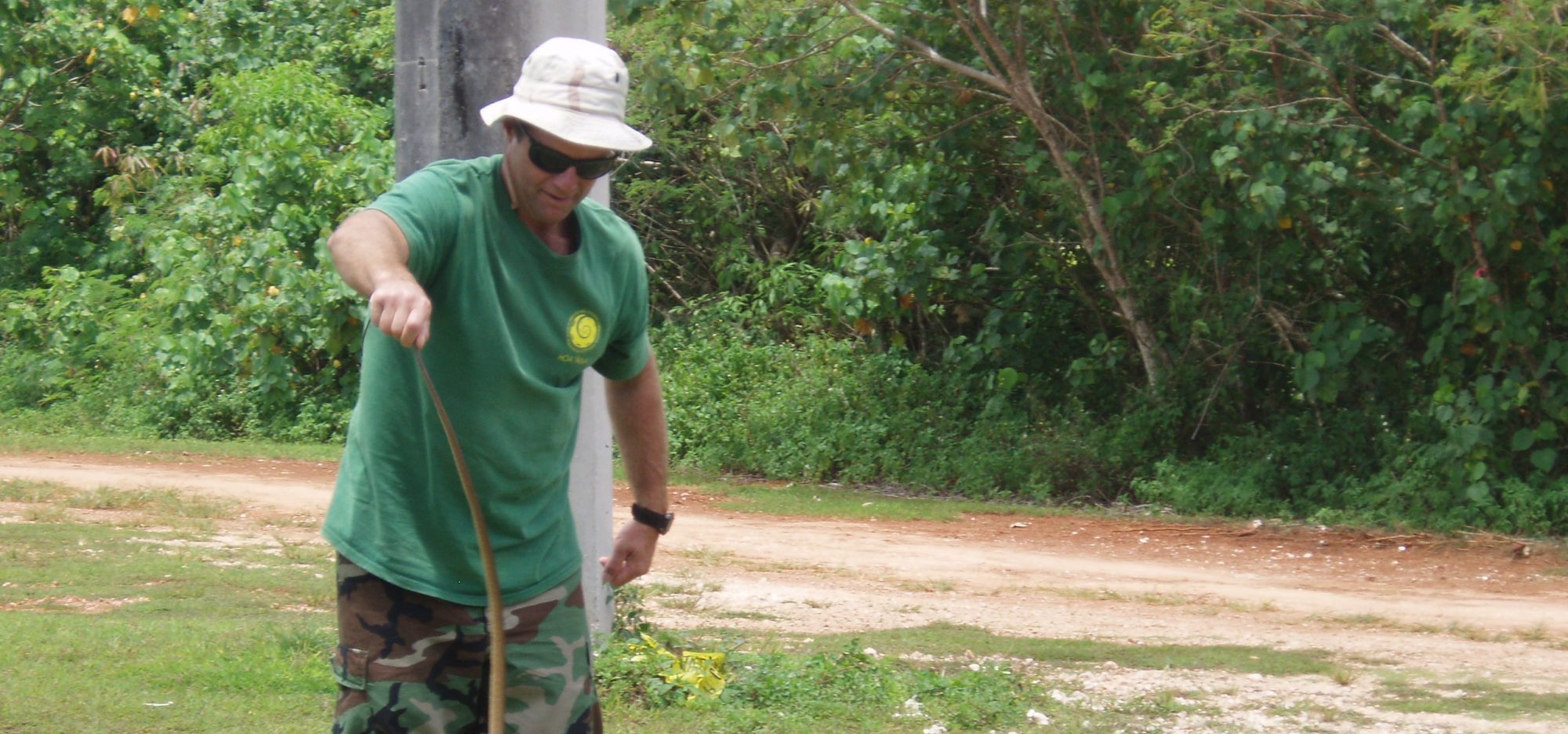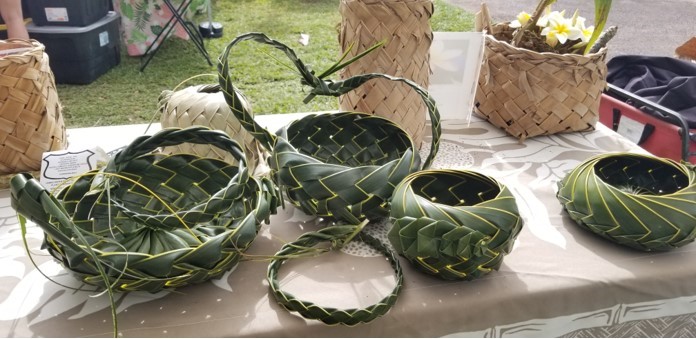On the morning of January 9th, an employee unloading a container at a hardware store on Molokaʻi was startled by…
Read More
Biosecurity
Coconut palms are woven into the culture of the islands; a beetle threatens that connection
Would-be weavers spilled out of the shade under an open-sided tent at the Arbor Day event at Maui Nui Botanical…
Read More
Detection of Coconut Rhinoceros Beetle on Maui Highlights Importance of Community Involvement in Pest Prevention
The Coordinating Group on Alien Pest Species (CGAPS), program staff from the Hawaiʻi Invasive Species Council (HISC), and the five…
Read More
Māmalu Poepoe Project traps and monitors invasive pests
Since Polynesian times, people have unwittingly carried plants and animals with them as they traveled to Hawaiʻi. Ants and skinks…
Read More




